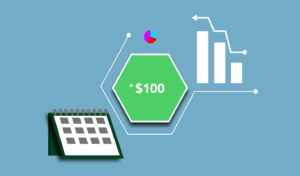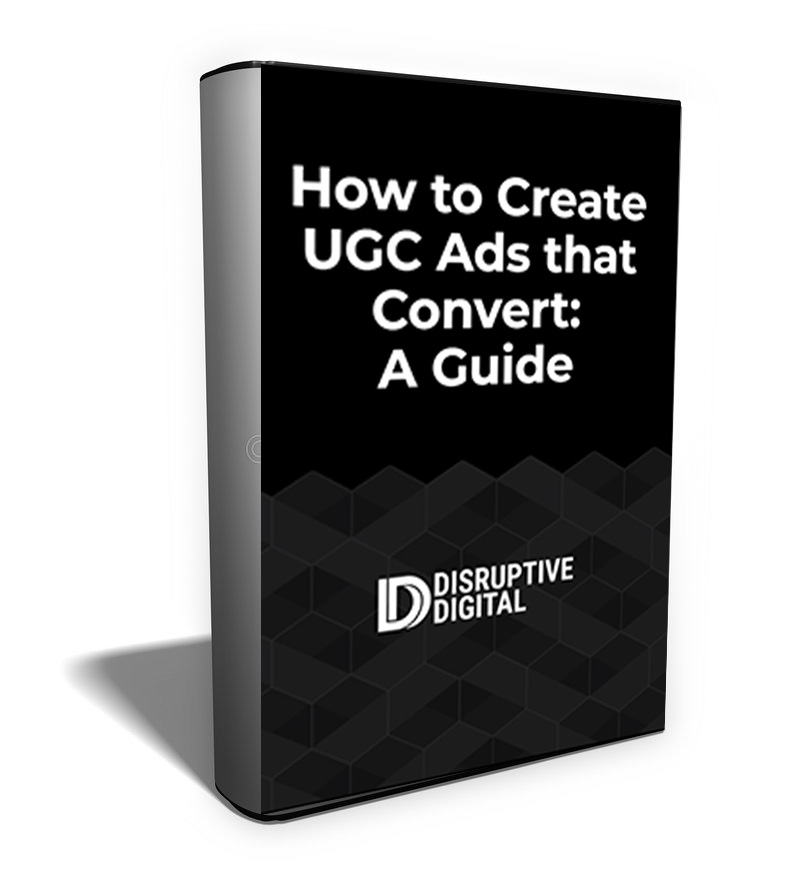As a relatively new ad medium,TikTok has plenty of nuances that any media buying and setup strategy has to account for. While you’ll find plenty of similarities with more established networks like Meta, you’ll also come across some unique pieces that are important to keep in mind.
Fortunately, you can still optimize your TikTok media buying strategy by following the best practices we’ve found across our own media buys across clients and industries. All you need to do is avoid these 15 red flags in your current strategy and setup.
1. Too Many Ad Sets in the Learning Phase
Yes, you always want to rotate in new creative. But at the same time, tying up too much of your budget in ads going through the learning phase means you won’t see many reliable results. At any point, you should have one ad set at most in the learning phase—and it should not be limited by your budget to fully begin to optimize against your conversion objective.
2. Too Much Spending on Ads in the Learning Phase
While none of your learning phase ads should be limited by spend, you also cannot overspend on these ad sets. Our benchmark here is keeping the percentage of spend in your learning phase over the last seven days below 20%. Anything more, and you risk lowering your ROAS for TikTok campaigns as a whole.
3. Targeting Across Too Many Funnel Levels
It’s tempting to use any ad network across your entire sales funnel, from prospecting new audiences to retargeting existing customers. But that also means spreading out your budget too far, lowering your performance.
Try to consolidate the number of funnel levels your TikTok buying spans, ideally keeping it to a single objective. The more you consolidate your funnel, the more signal and performance you’ll get. Retargeting, especially, can lead to non-incremental conversions that don’t actually build true ROI.
4. Too Many Attribution Settings
If you use too many attribution settings, you begin to convolute and confuse your campaigns. You’ll also start to bring the potential of incrementality into your media buying strategy. Stick with one attribution setting, focusing on 7-day click and 1-day view conversions. That drives increased reach while lowering CPM, ultimately leading to a lower cost per acquisition.
5. Ads Not Optimized for Highest Volume
To get good learnings and good results, you need to show your ads to your audience frequently. That means not having your ads optimized for the highest possible volume can become a problem. Set your ad sets to Converion Objective, share full funnel events and Advanced Matching parameters with the platform, and watch your cost per acquisition go down.
6. No Ads or Campaigns Set for Concept Testing
Let TikTok’s ad machine work for you. Setting your ads for new concept testing allows new campaigns to find winning ads, while also preventing high-performing campaigns from being reset into the learning phase. Without it, you might overspend on your learning ads or fail to find the right spending mix over time.
7. Not Keeping Your Ad Spend Restricted by Bids
Using regular bidding may or may not be right for your experience level and the types of campaigns you’re setting up. But if you do use manual bidding, always keep your ad spend restricted by your bids. That keeps your CPA at or below a certain amount, regardless of market conditions, and keeps the guard rails on your budget.
8. Not Enough (Or No Uniform) Exclusions
Getting your audience exclusions right reduces your media waste. If you don’t do it, or don’t do it uniformly, you end up with campaigns that may perform well at the surface level but don’t actually produce non-incremental results. As just one example, always exclude your existing customers from campaigns unless the campaign is specifically targeting them for retention or repurchase.
9. Focusing on Interest Targeting Over Broad Targeting
Narrow interest-based targeting doesn’t wrok well because it locks you into campaigns that may not be able to self-optimized. The broader you target, the more of an opportunity the system will have to explore and discover the best audience for your ads. That results in better CPA and a more optimized budget compared to narrower targeting.
10. Non-Optimized Lookalike Audiences
Lookalike targeting can work to reach new people based on sharing similar characteristics to your existing customres. But you need tooptimize the seeds you provide for lookalikes to match your business goals and value. They also can’t become static; use automated audience refreshing to keep your audiences up to date and minimize media waste.
11. Overinvestment in Retargeting Ads
Retargeting can seem like a low-hanging fruit because your audience already knows about you. But for that exact reason, overinvesting in it can also lead to misleading results: conversions might have happened regardless of the retargeting ad through an already-interested audience.
Keep your daily retargeting investment below 20%, benchmarking it at both the 30-day and 90-day mark. You can also minimize the potential negative effect of retargeting by keeping your smallest audience size for any campaign above 100,000.
12. Not Using Paid Partnerships on TikTok
TikTok has grown so rapidly in part because of its extensive creator network. It’s no surprise, then, that 53% of all Auction Ads with the highest view-through rates feature TikTok creators. Whenever you can, leverage paid partnership ads or whitelisting from other pages to take advantage of the same trend.
13. No Independent URL Tracking for Analytics Gut Checks
TikTok has a robust reporting platform, but that doesn’t mean you need to trust it. Adding tracking UTMs to each of your destination URLs allows you to verify reported results like web clicks and conversions through an external platform like Google Analytics, verifying how your campaigns are performing.
14. No Domain Verification
You never want your domain to be misused. Select your verified domain to ensure that all messaging related to your brand or account name is reliably and credibly coming from you.
15. Not Optimizing Your Campaigns for Frequency
Finally, you need to ensure that our ads show just often enough to enhance recall but not so often that you begin to waste budget. High frequencies can also be an indicator of an audience that’s just too small.
Keep your campaigns at a frequency below 8 over the last 30 days, and below 3 over the last 7 days. None of your ad sets should exceed those threshold over either of the two timeframes.
Build Better TikTok Campaigns for Sustainable Conversion Success
It’s good to be on TikTok. But it’s even better to build campaigns on TikTok that reliably lead to sustainable, positive business results. Avoid the above red flags, and you’re well on your way to making it happen. Over time, you can build sustainable conversion-focused campaigns that will attract and engage your audience, prompting them to take action.






